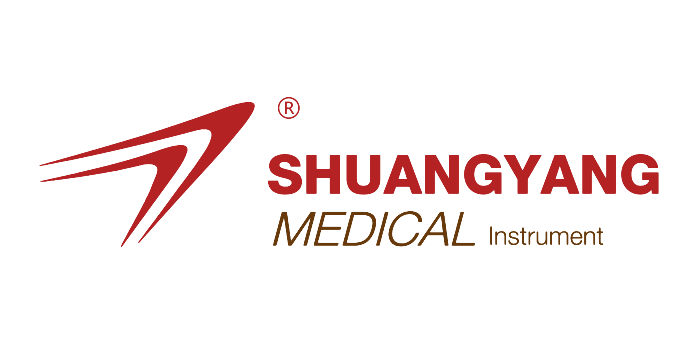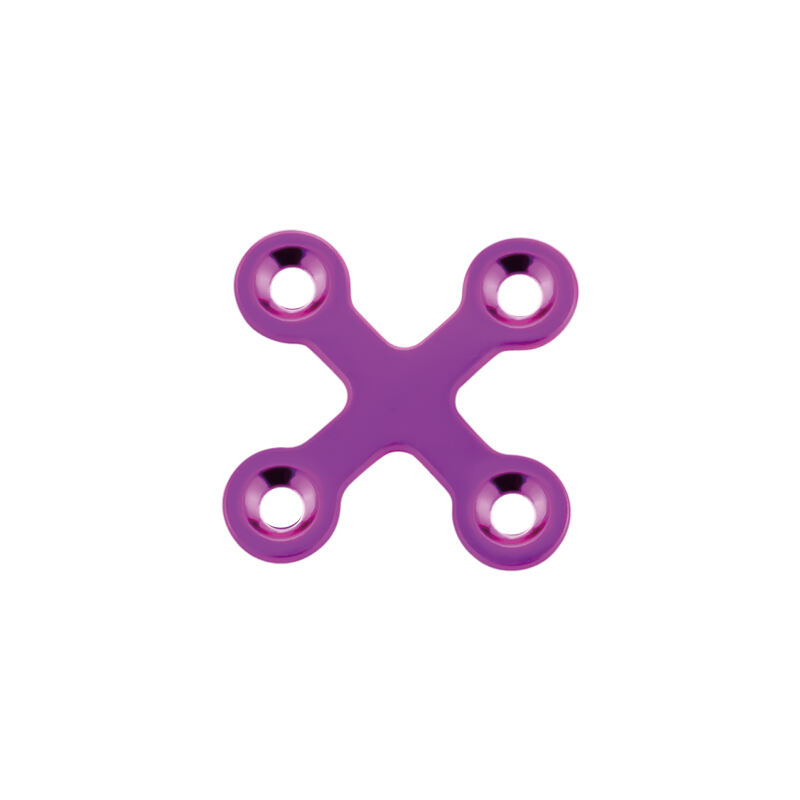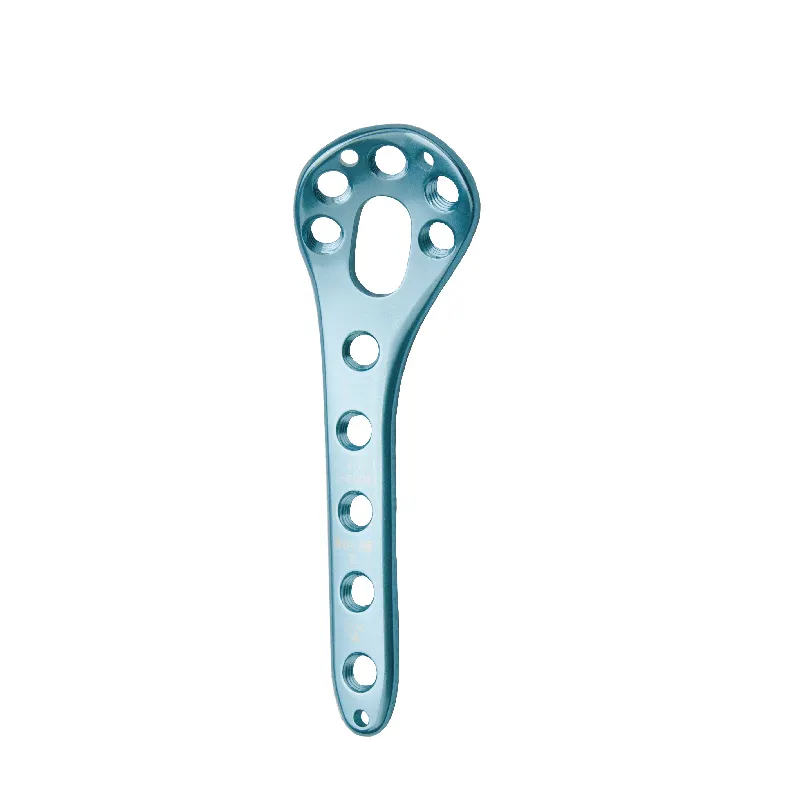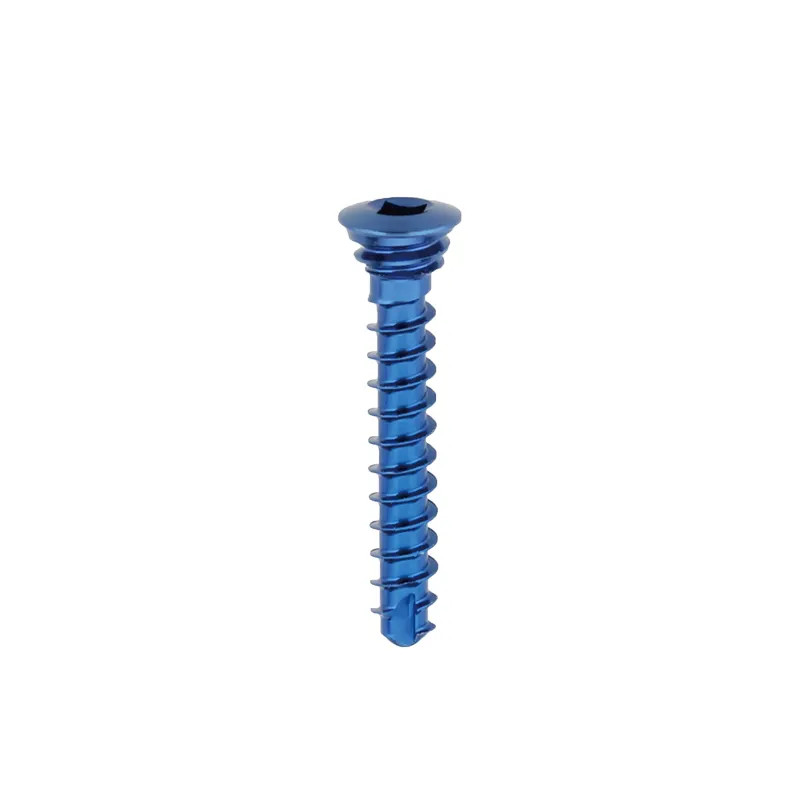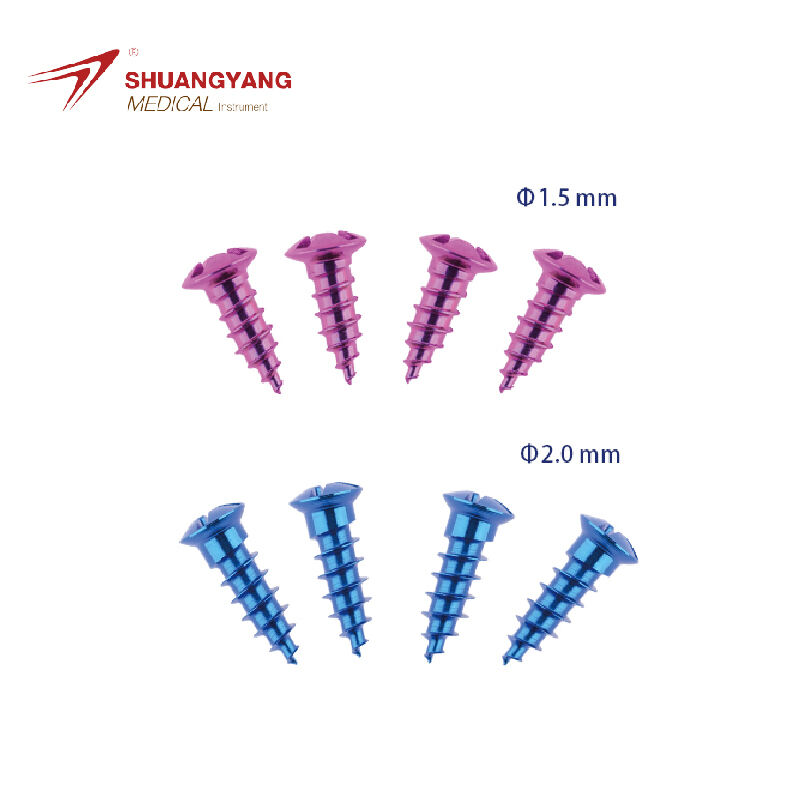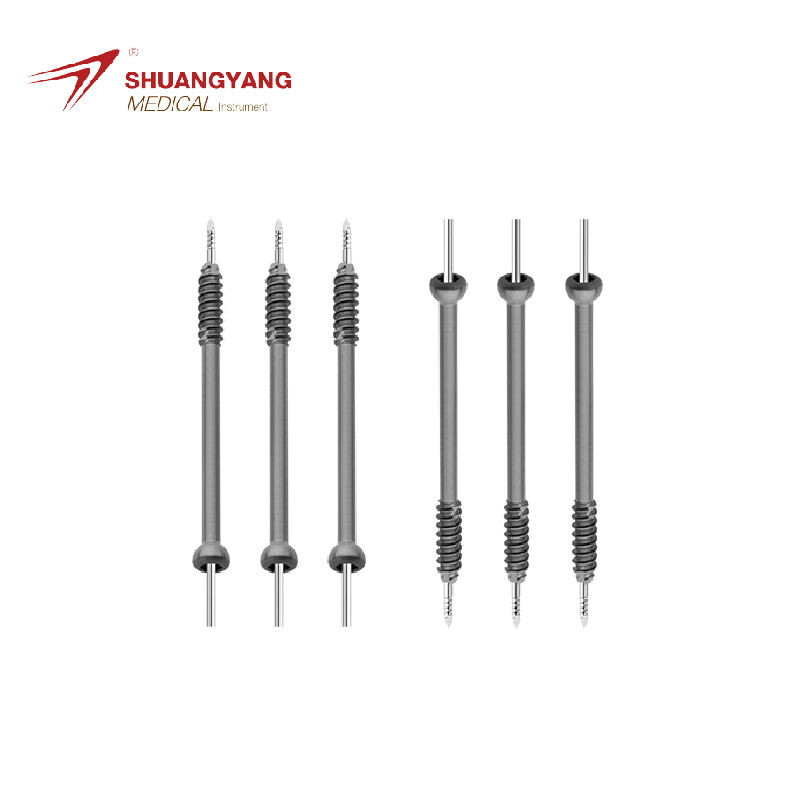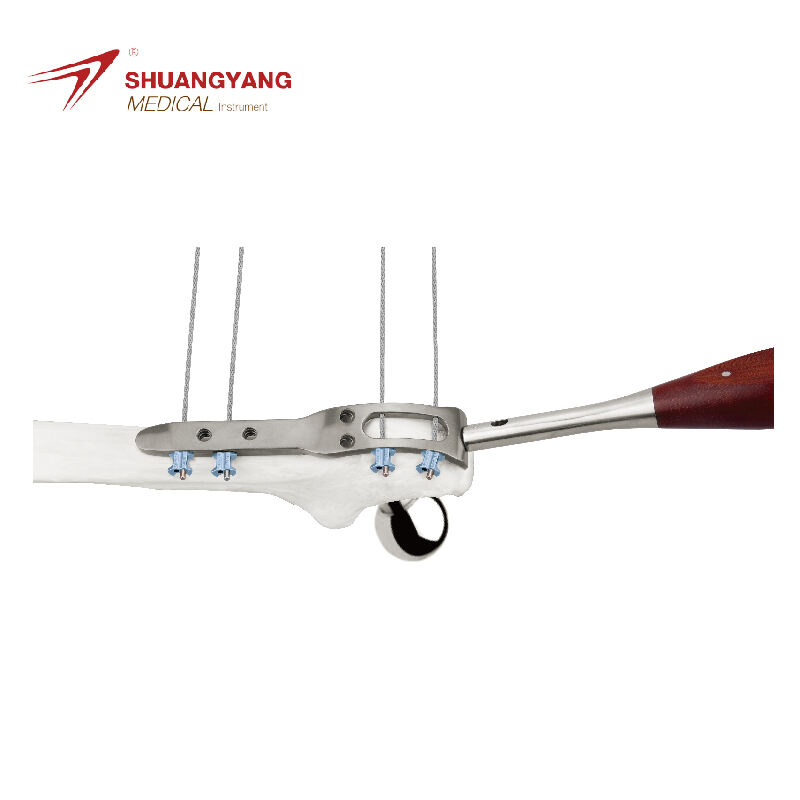external fixation for fractures
External fixation for fractures is a surgical technique used to stabilize bones when they are fractured. The main functions of this method include maintaining the alignment of the bone, allowing for early mobility, and facilitating the healing process. Technologically, external fixation devices consist of pins or screws that are inserted into the bone on either side of the fracture, connected by a bar outside the skin. This system's features include adjustable components that allow for precise control over the fracture's alignment. The applications of external fixation are diverse, ranging from complex fractures in the limbs to injuries that pose a high risk of complications. It is particularly valuable in cases where internal fixation is not feasible, such as open fractures or those accompanied by soft tissue damage.
 EN
EN
 FR
FR
 ES
ES
 AR
AR
